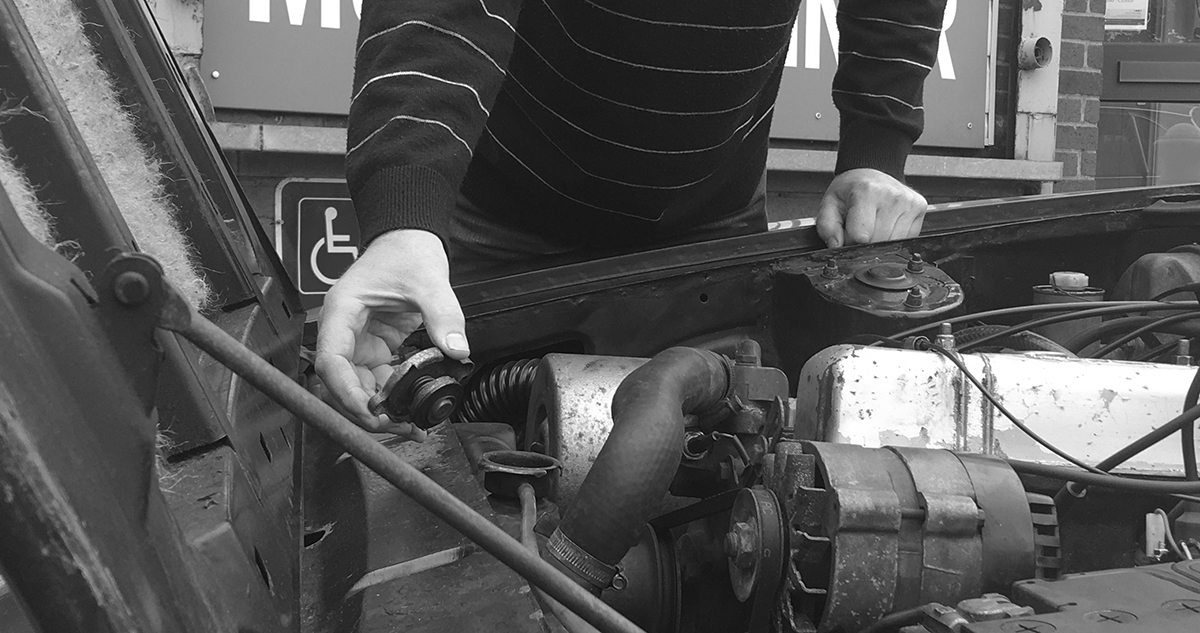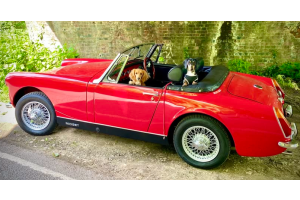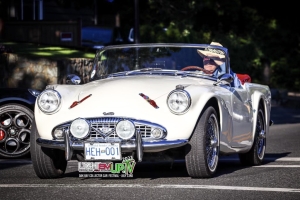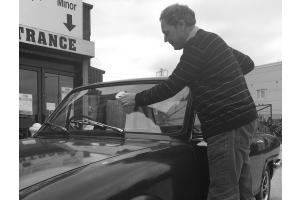Welcome to the second part of our '9 Revs To Summer' guide!
In our '9 Revs to Summer' guide we share with you 9 key areas to ensure your classic is ready to go. In this edition we include the next 3 jobs that need to be done!
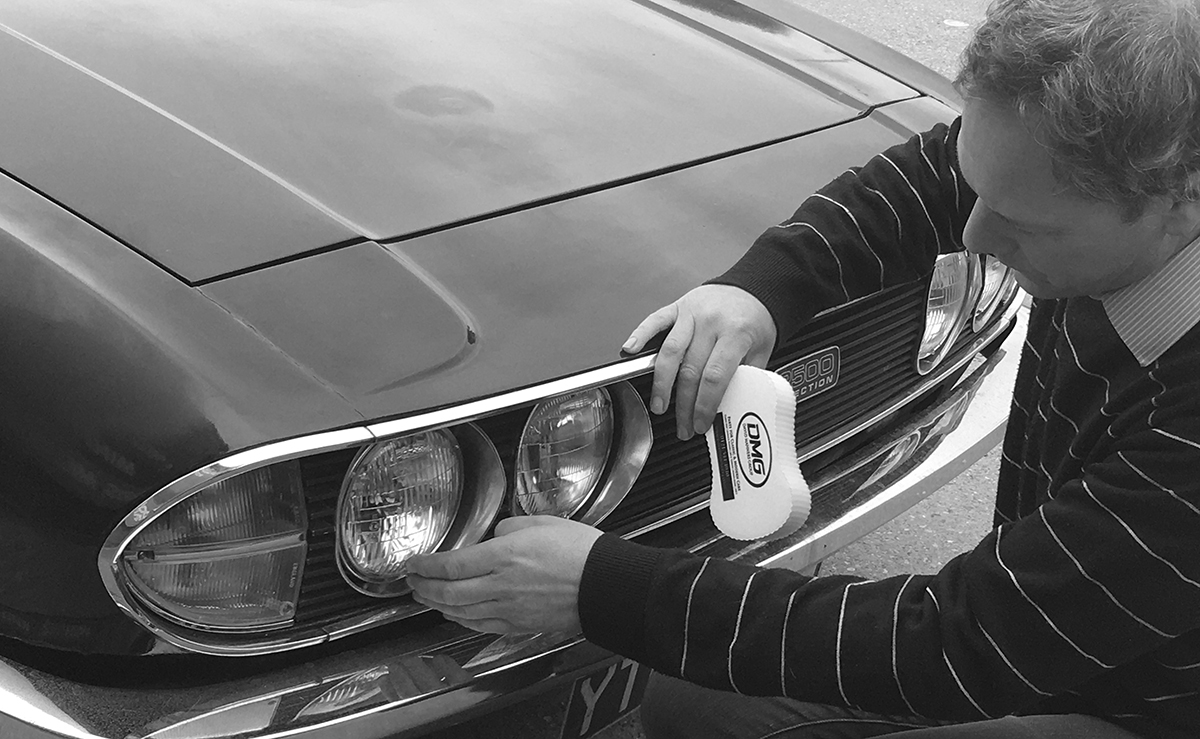

4. CHECK YOUR LIGHTS
Checking your cars lights all round is essential in ensuring good visibility for both yourself and other road users.
Headlights/Sidelights
Headlights and sidelights are more than essential for night driving and lowered visibility on the roads. Having a bulb out can easily occur a fine by a passing police vehicle if spotted. Ensuring not only all bulbs are functioning, but also ensuring your lenses are clear from any damage or dirt, can help with visibility. Upgrading to brighter bulbs or LED upgrade kits can further expand visibility at night and during harsh weather conditions where visibility may be lowered.
Indicators
Indicators are another essential. Simply applying the hazard warning lights and having a walk around of the vehicle can help you determine if all indicator bulbs are working. If fitted on some classics, side markers are commonly overlooked bulbs that are still essential and can alert pedestrians of your intentions from the side.
Brake & Tail Lights
Brake & Tail Lights are the difference between a vehicle behind seeing you stop and a rear end collision. Most cars have the brake and tail lights together in one bulb, others can be separate. Some original classic car brake and tail lights can be dimmer and less effective than most and in direct sunlight can be difficult to see. Checking that all brake bulbs are working is essential. Making sure your lenses are clean, upgrading to brighter bulbs or even LED upgrade kits can help to ensure other road users can see you are stopping. Night driving is also a key player in the tail lights working so other road users can spot you from behind.
Reverse Lights
Reverse lights (if fitted) can help other road users see your intention! Although not fitted to all classics, reverse lights still play an important role especially in built up areas to let other road users and pedestrians know that you’re reversing.
Number Plate Lights
Number plate lights are another commonly overlooked light on a vehicle. However many bulbs are required to light up your number plate, it is essential that all work and all characters can be easily seen on the number plate. This is most essential for night driving.
Full Beam
Full beam (If fitted) can play a key role in night driving on unlit roads. Although not a necessity, full beam can dramatically improve forward visibility in unlit areas as long as no traffic is approaching in the opposite direction.
Fog Lights
Fog lights (If fitted) are less commonly used and therefore need to be checked regularly in case the weather unexpectedly makes a turn! Although highly unlikely to be used in summer, it is still worth the check whilst ensuring all other lights are effectively operating whilst checking the rest.
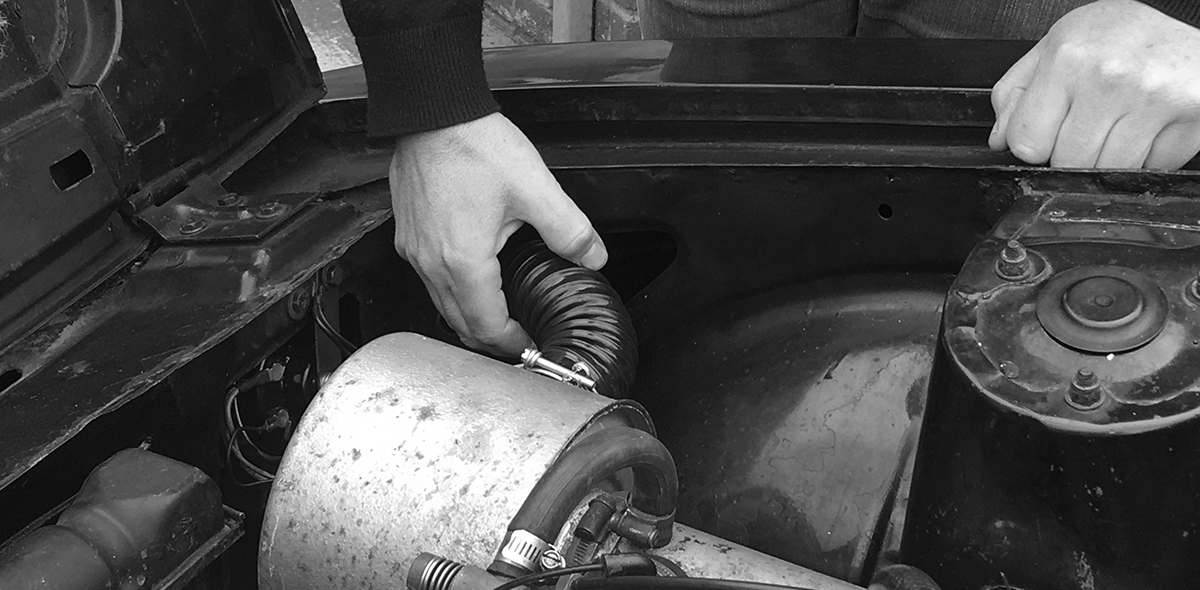

5. INSPECT BELTS AND HOSES
Fan Belts
Fan belts are critical in ensuring your classic doesn’t overheat or run too hot. Any signs of wear or tears will determine when your fan belt needs replacing. It can also be handy to carry a spare in your vehicle for a roadside repair. Faulty fan belts can also cause water pumps and pulleys to operate ineffectively, thus causing overheating and further issues down the line.
Radiator Hoses
Radiator Hoses also ensure the cooling system of your classic is working to its full potential. Any signs of leaks or unwanted spray can be signs of your hoses on their way out or spilt. Regularly check each hose before or after a journey and ensure jubilee clips are properly tightened. Kevlar kits are a popular upgrade for quality.
Fuel Hoses
Fuel hoses can be highly dangerous if not checked regularly. Old fuel hoses that could be split could cause a vehicle fire. Leaking fuel in a hot area can easily ignite, especially in warmer summer temperatures. There have been many cases of classic cars being written off by fire damage due to poor and old fuel hoses. Braided fuel hoses are a sensible upgrade to prevent leakages and improve fire safety. Checking the fuel hoses could be the difference between keeping and losing your classic. It’s also a good idea to keep a motoring fire extinguisher on board in case the worst happens. Spotting the fire early, again, could save your car.
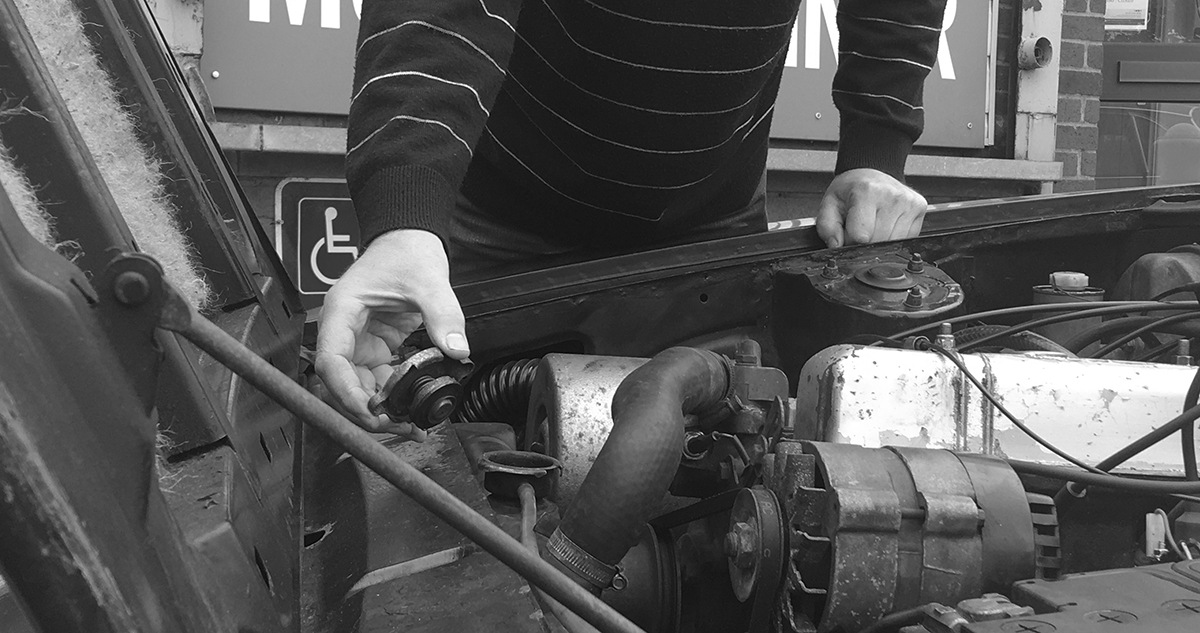

6. CHECK YOUR WATER
Checking your car’s water and coolant must be done when the engine is cold. The coolant and water play an important role in ensuring that your car doesn’t overheat especially in warm summer conditions. Classic vehicles are more prone to leakages so are easily able to lose water and coolant.
If your vehicle’s coolant level has markers, the coolant should be between the minimum and maximum marks on the side of the tank. If directly into the radiator, open the cap and check the levels and condition of the coolant. If low it’ll need a top up! If the coolant needs topping up, don't remove the filler cap unless the engine is cold or you could be scalded by a sudden release of pressurised hot water. Also make sure you use the right antifreeze specific for your vehicle, as different types don't mix well.
Antifreeze doesn't just protect your engine in winter. It helps stop corrosion and scale build up all year round and not just in summer.
To find out about products and parts that we can supply for your car simply call our sales team today on 0121 544 4444 and we will be happy to help!
Stay tuned for steps 7-9 in the next edition of '9 Revs to Summer' coming next month!

